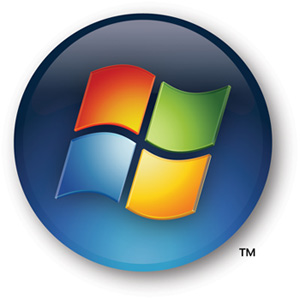
Itanium: The Death of Microsoft Windows Support
Announcement:
In December of 2009, it was reported that Red Hat Linux started the process of ceasing support for Intel Itanium processors. Now, it appears that Microsoft is starting it's process of discontinuing support for Intel Itanium.
History:
See former blog entry when Red Hat Linux discontinued their Itanium support.
Network Management Implications:
None. There were no serious Network Management products using Microsoft Windows on Itanium. There are really only HP operating systems left on this CPU platform, a single isolated software vendor on a single isolated chip supplier.
Why Few Implications:
Single vendor processors (IBM POWER and Intel Itanium) are somewhat more risky, when there is a gap in the development cycle due to human error. Specialized software vendors looking for longevity often look for multiple suppliers when producing a product, to ensure that a single vendor glitch does not damage their product marketing.
In the areas of server processors, there really only seems to be two multi-vendor CPU vendors left: SPARC (Oracle/Sun and Fujitsu) and x64 (Intel and AMD.)
Who Will Be Affected?
Probably, the people who will be most affected by this move will be businesses who depended on Microsoft SQL Server on Itanium.
Had those vendors chosen another database vendor, who supports multiple architectures (i.e. Oracle RDBMS) - a migration to another Operating System (i.e. an HP Operating System) on the same hardware could have been done, to extend the life of the asset, and any desired hardware architecture could have been chosen to migrate to later (i.e. SPARC, POWER, Intel x64, AMD x64.)
have always regretted how Microsoft
ReplyDeleteprice gouges and rips off computer users. I really regret Windows XP activation. I have always intended to convert to Linux, but it isn't easy for a Windows user since version 3.0.
Recently, I purchased the book "Moving to Linux" by Marcel Gagne. The interesting thing about the book is that it includes a bootable Linux CD-ROM. "Knoppix" is a special version of Linux that you can run entirely from your CD drive. You can run Linux without uninstalling Windows or making any changes to your PC.
I tried the Knoppix CD on a Windows 2000 machine with a 200 MHz pentium II and 128 RAM, a very low power machine by today's standards. Linux provides you with step-by-step status information, and I ignored several error messages as Knoppx was booting. It took a while for Linux to boot from the 52X CD-ROM drive, but then Windows 2000 also takes forever to boot on this machine.
To my amazement, Knoppix booted successfully, with the proper screen resolution and access to all the drives. To my further amazement, the CD-ROM contained OpenOffice.org 1.0. I used OpenOffice to create a file. I couldn't save the file to the hard disk, probably because of access rights (NTFS or Linux), but I could save it to a floppy disk. Later, I opened the floppy disk file on a different Windows 2000 machine with the Windows version of OpenOffice.
http://broadband-internet.ws43.com/The_Death_of_Windows.html
I had been a Solaris desktop user since before Windows 3.1, but also been a user of proprietary architectures since pre-Windows days.
ReplyDeleteDeploying applications across dozens (and later hundreds of platforms) where minimal client side configuration is required has always been my driver.
Perhaps I will blog about it in the future.